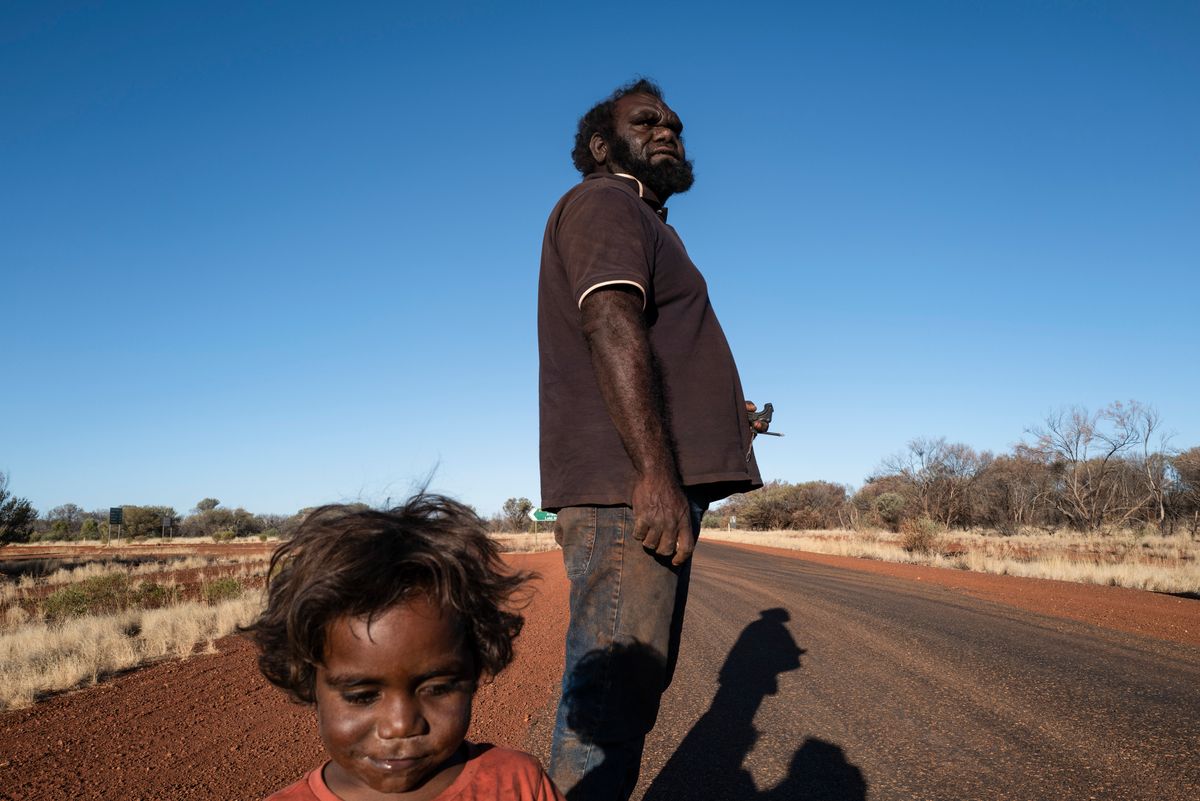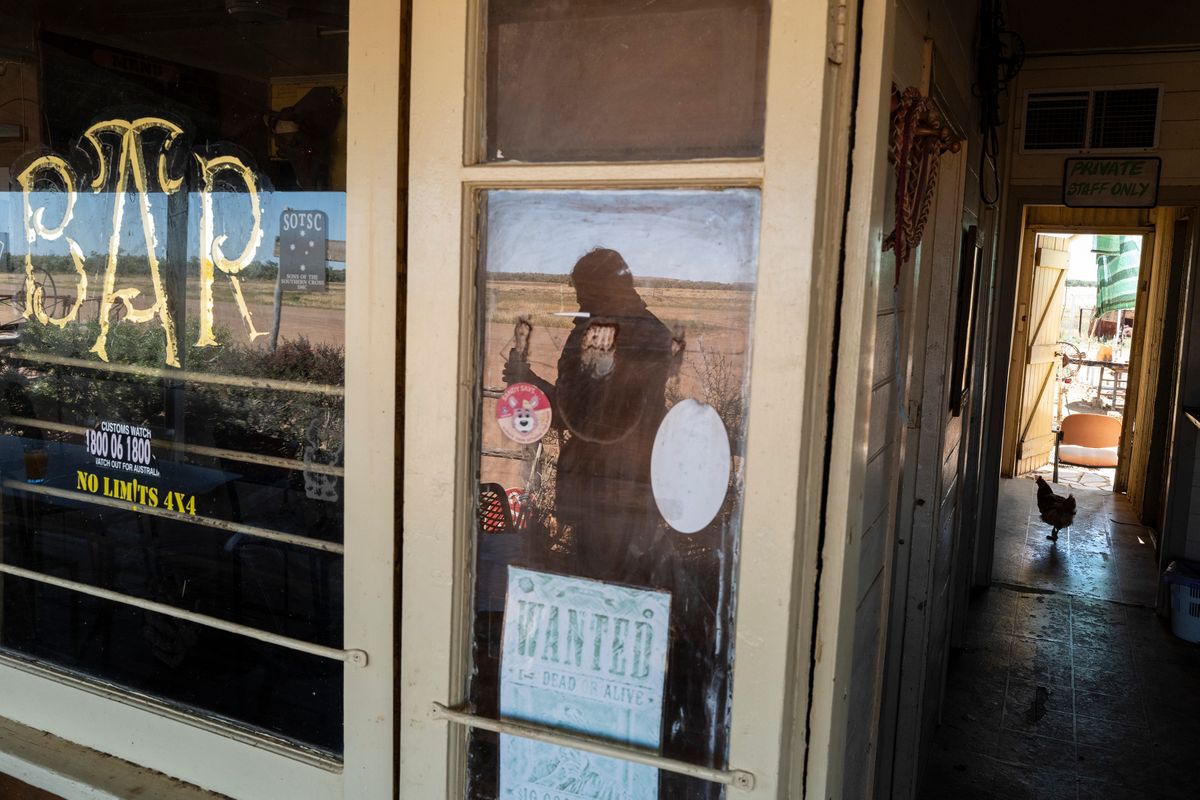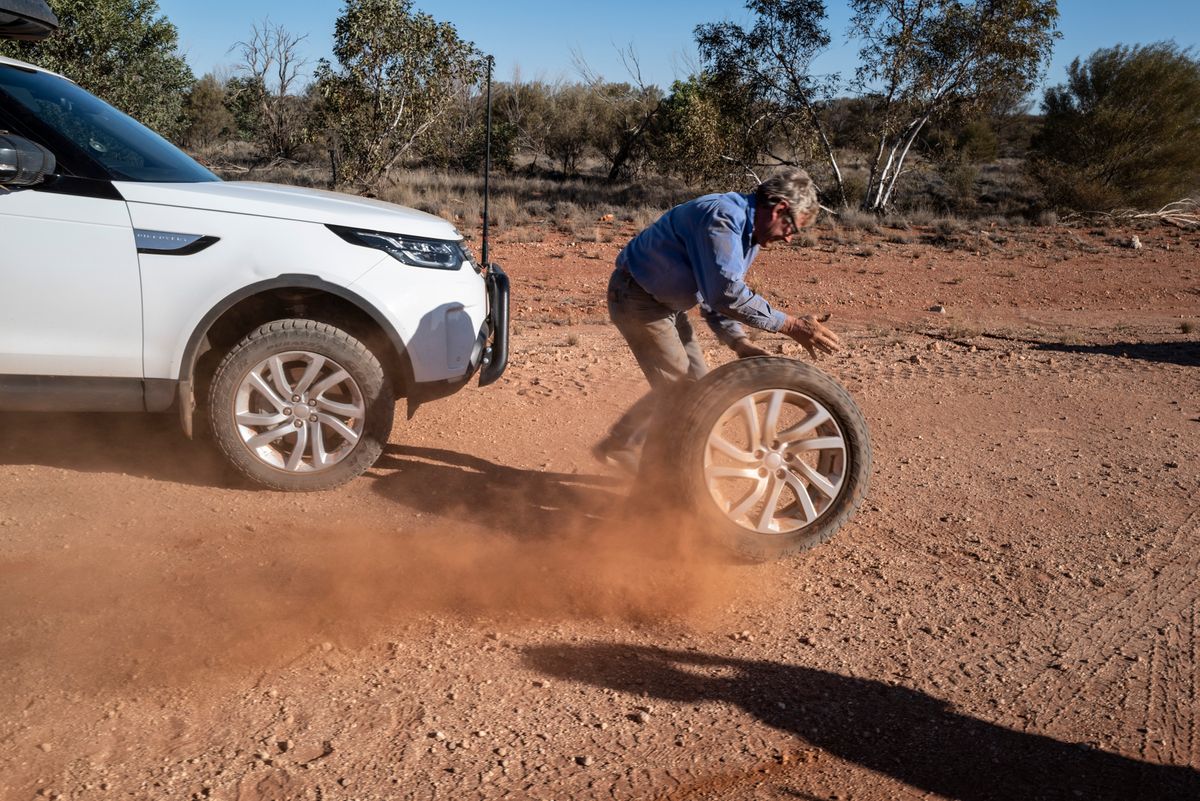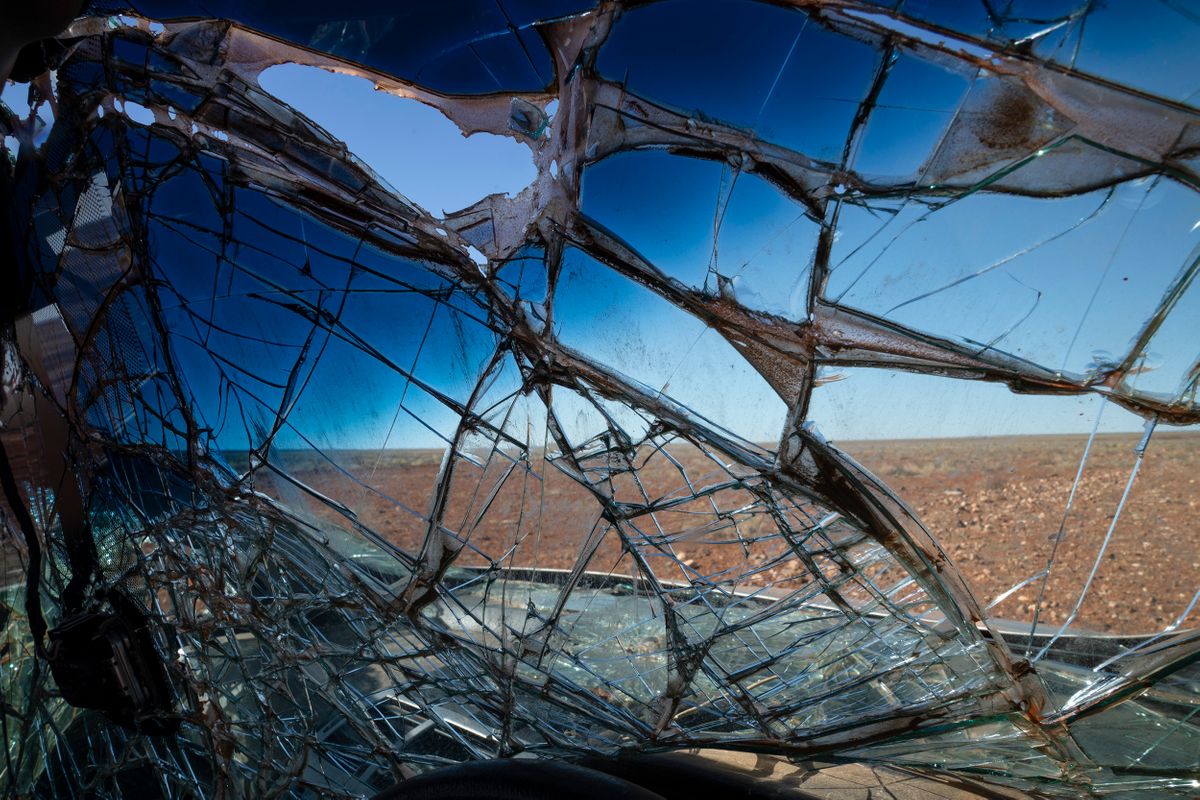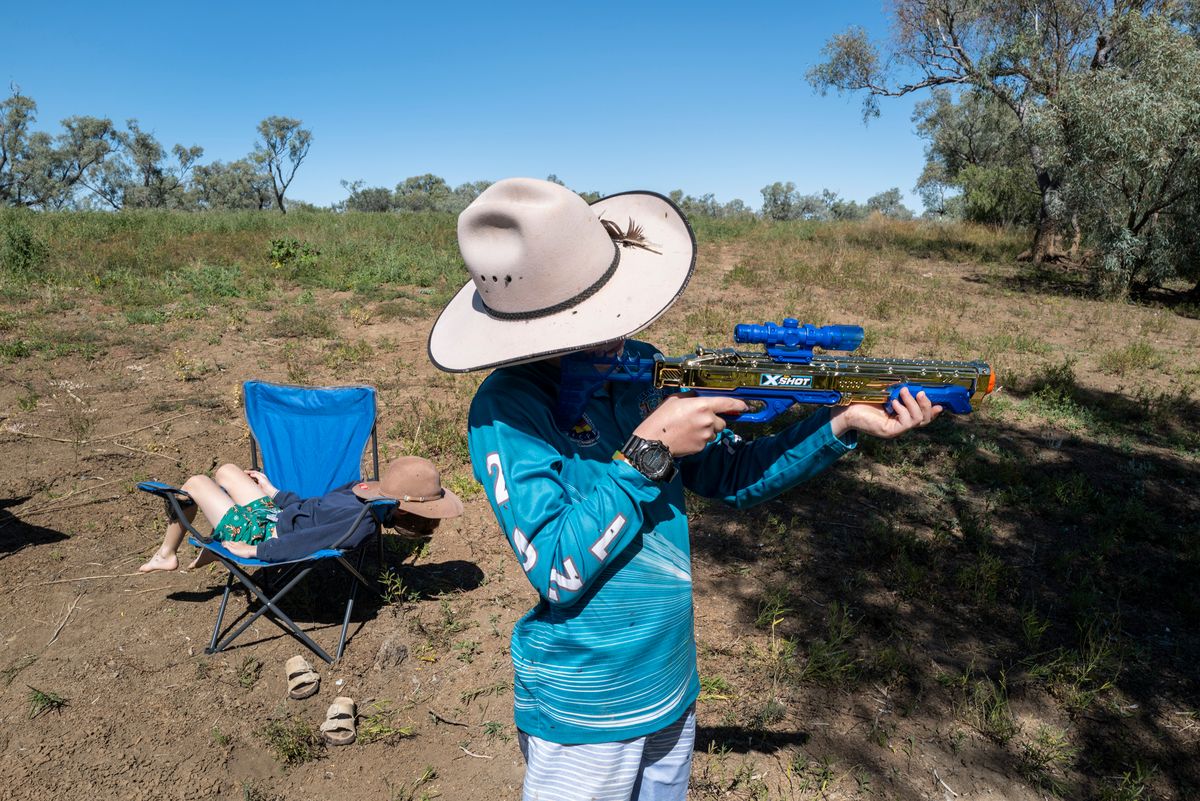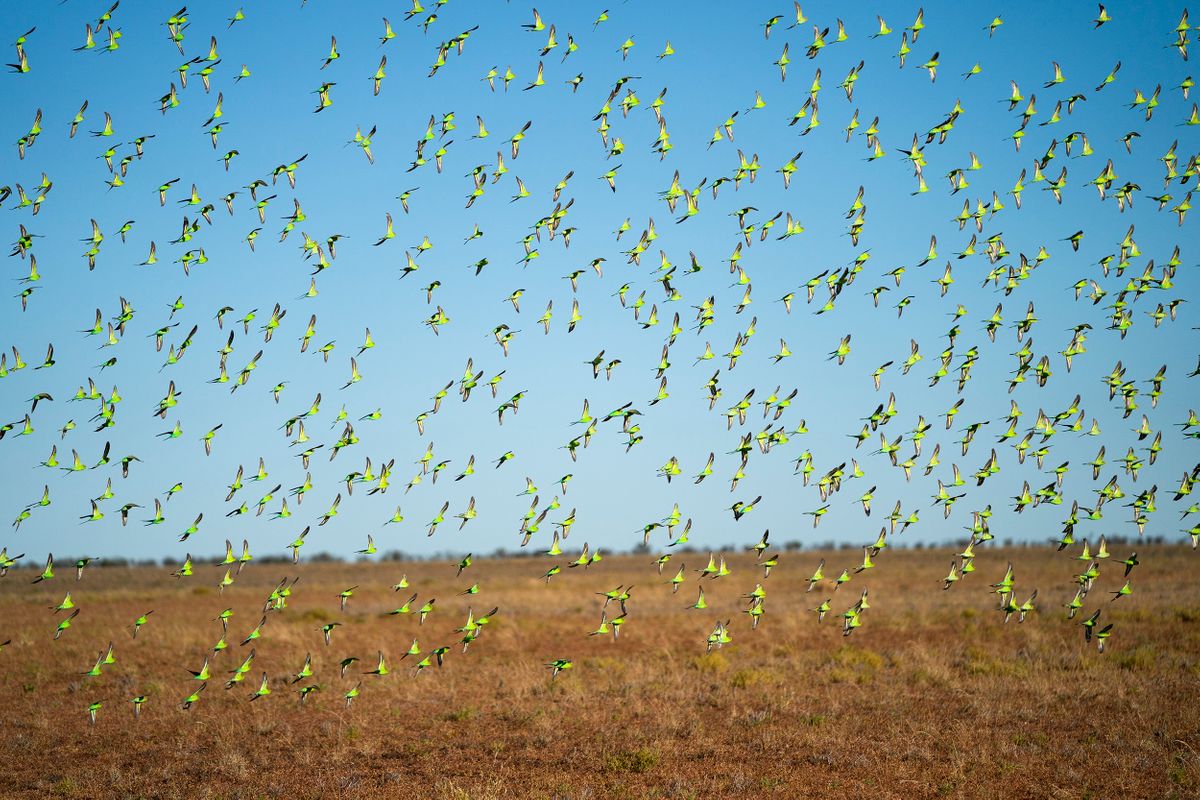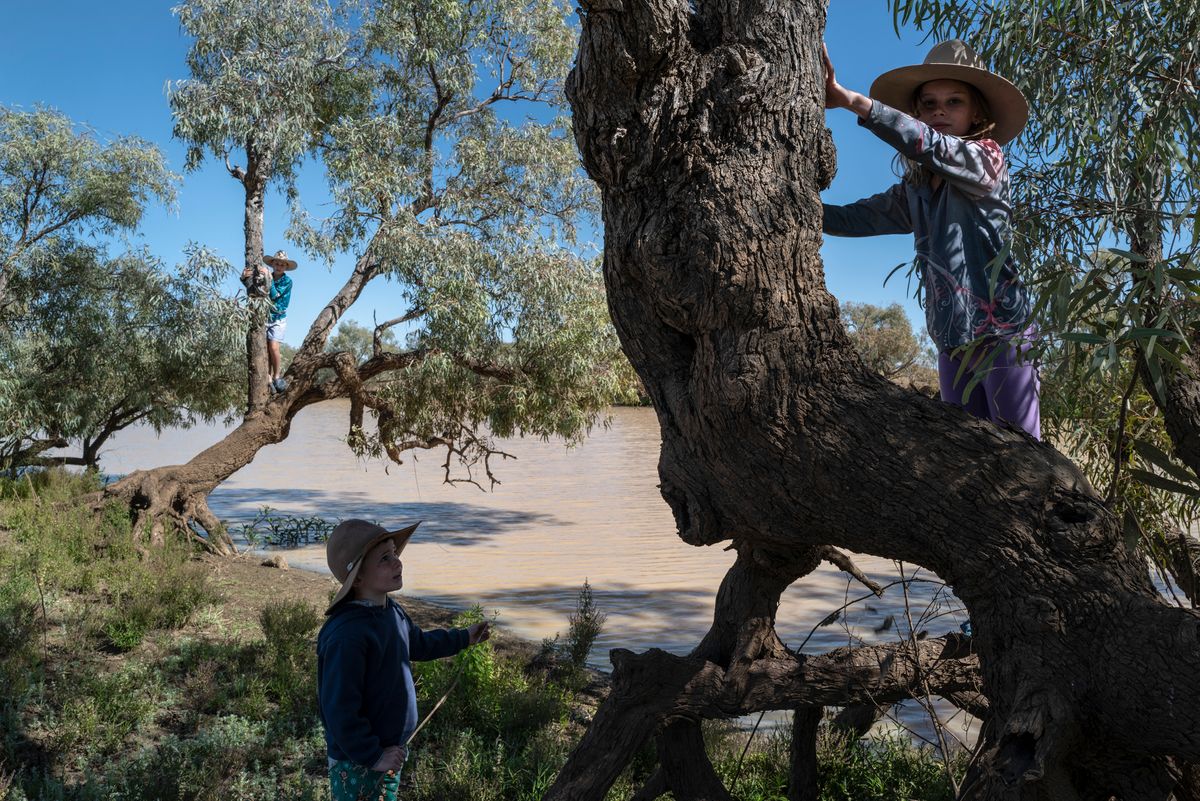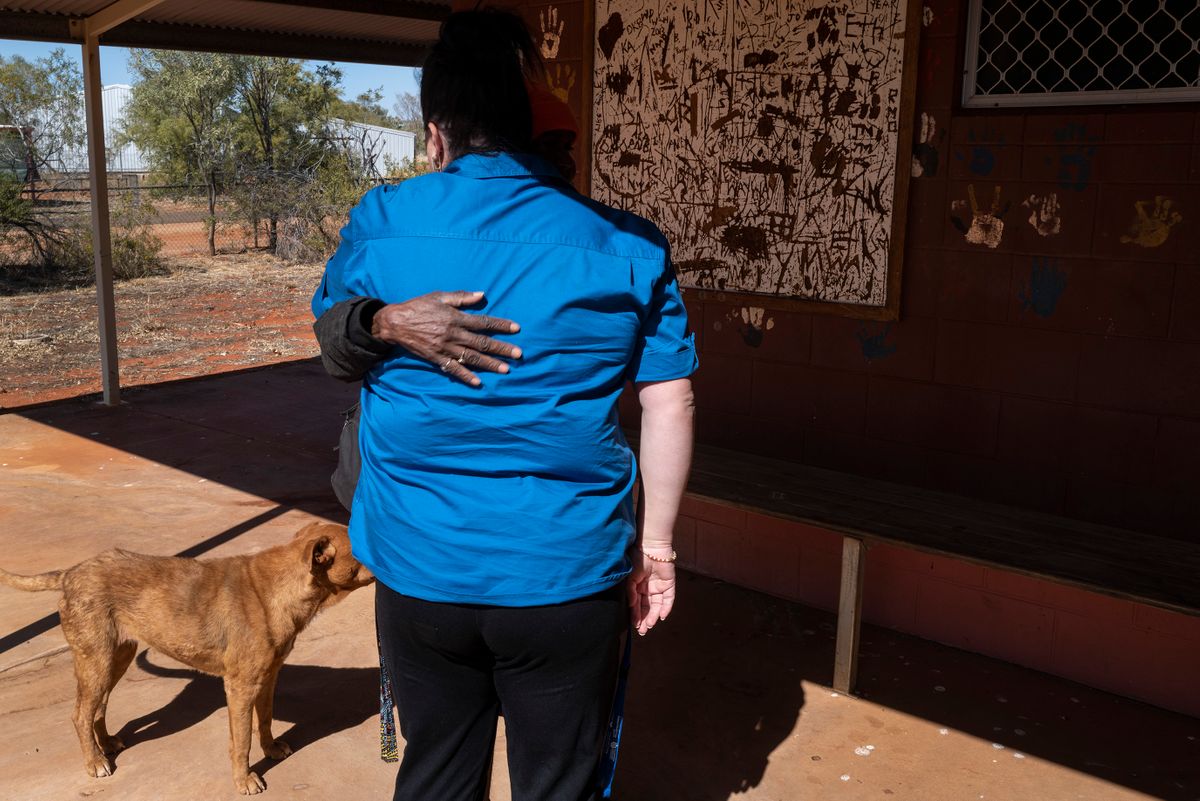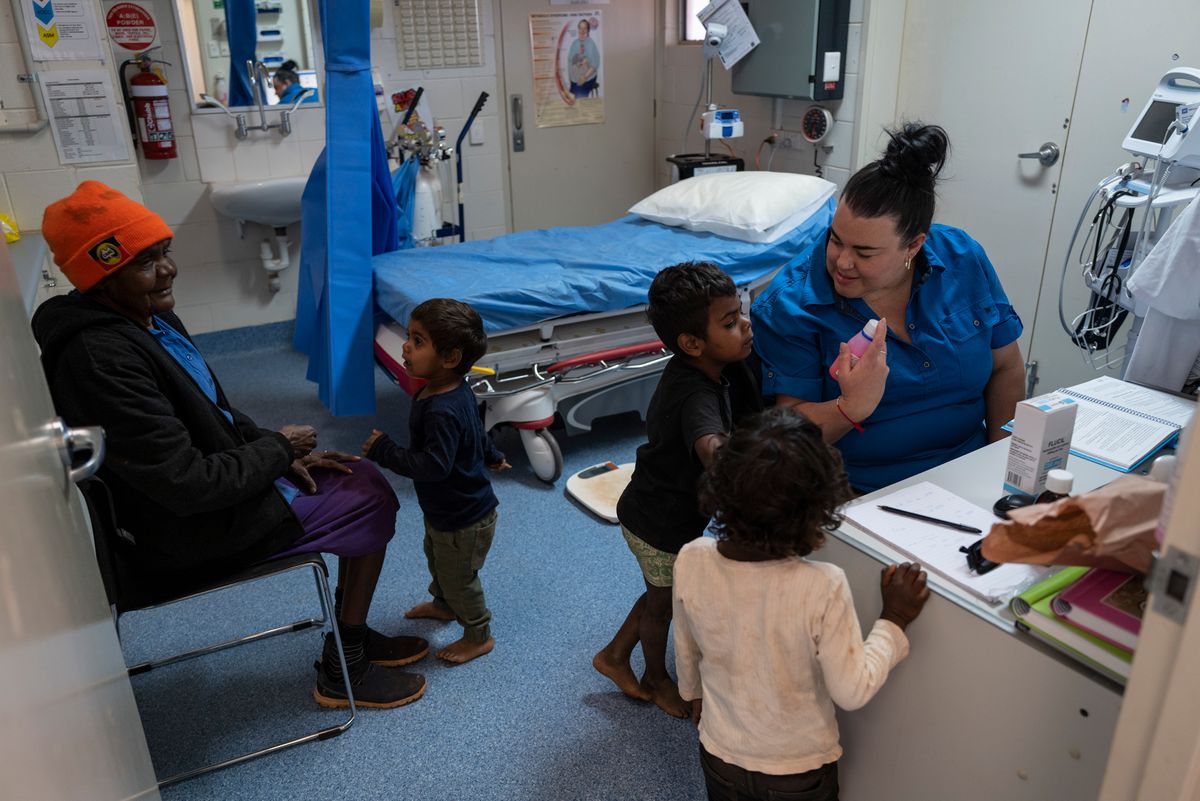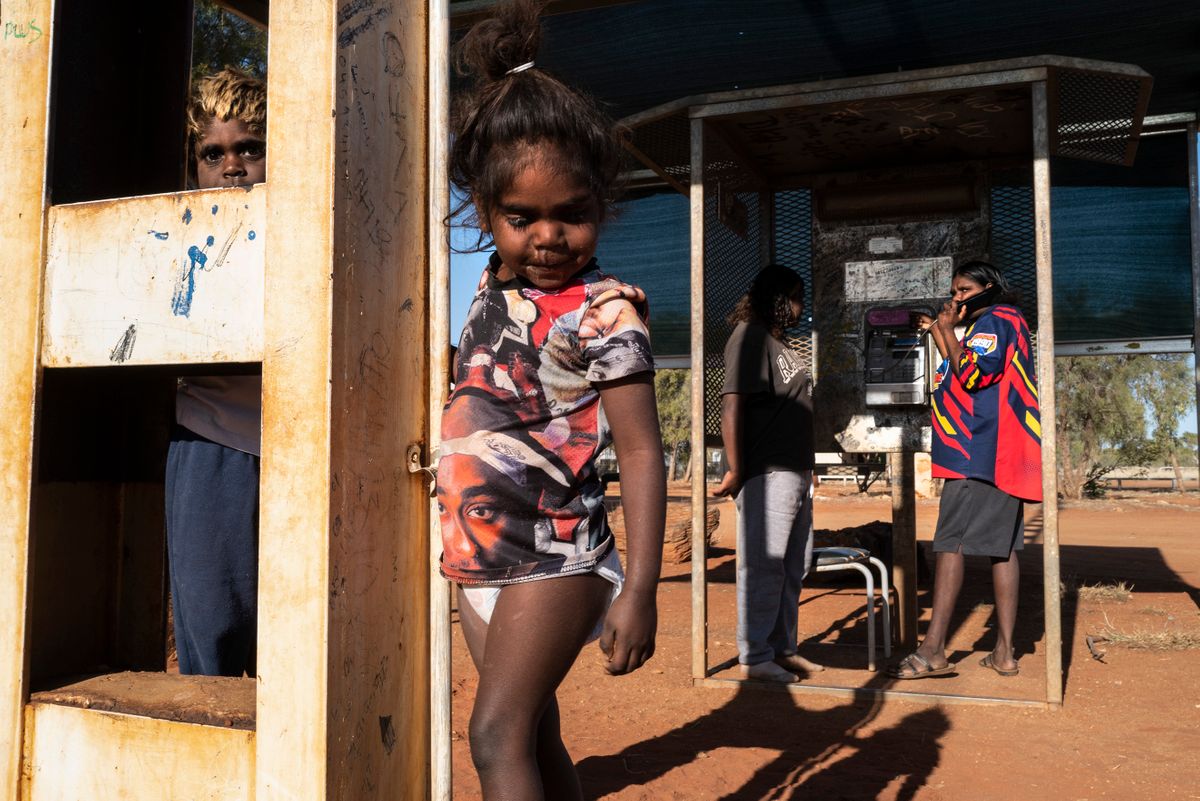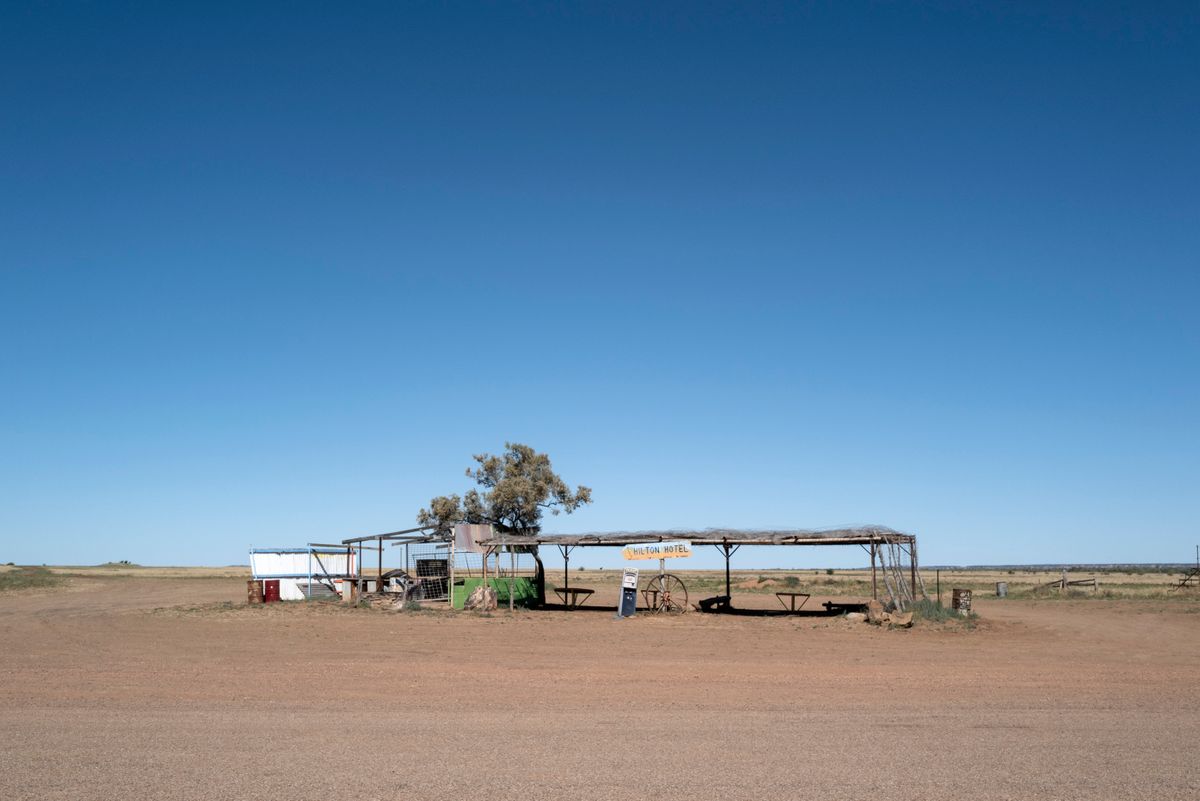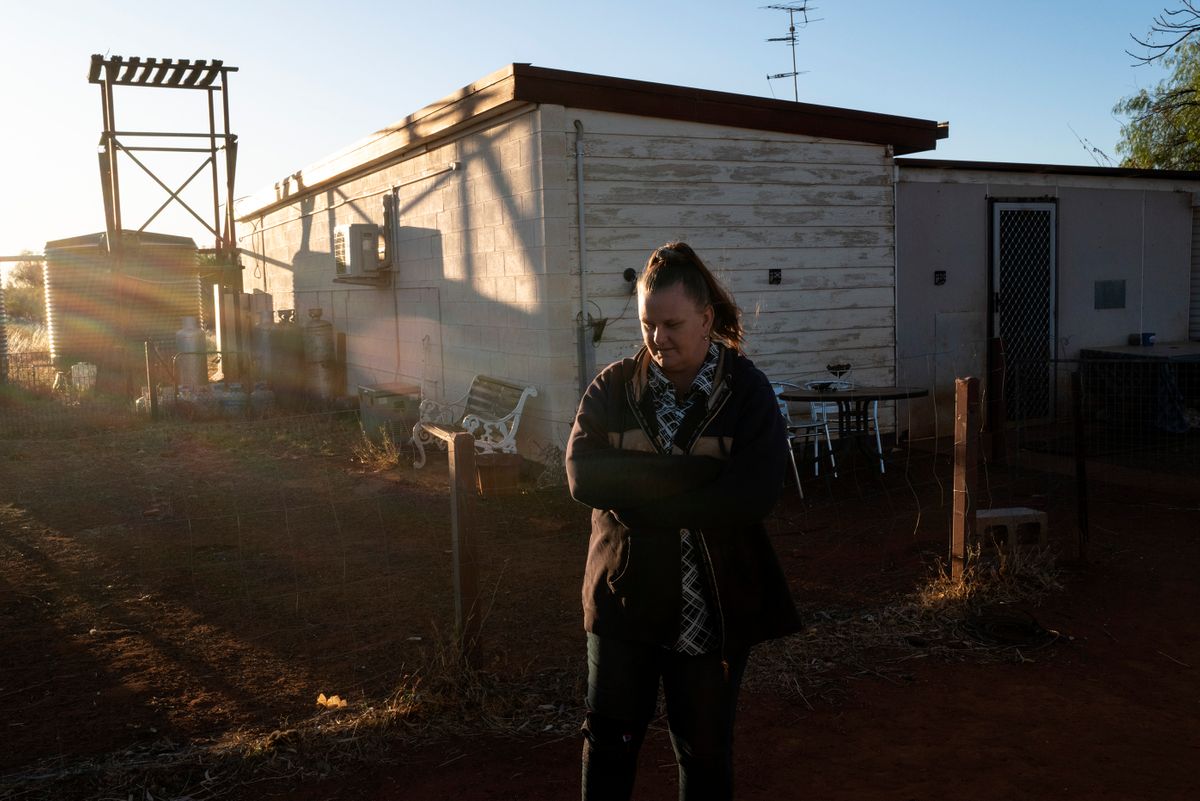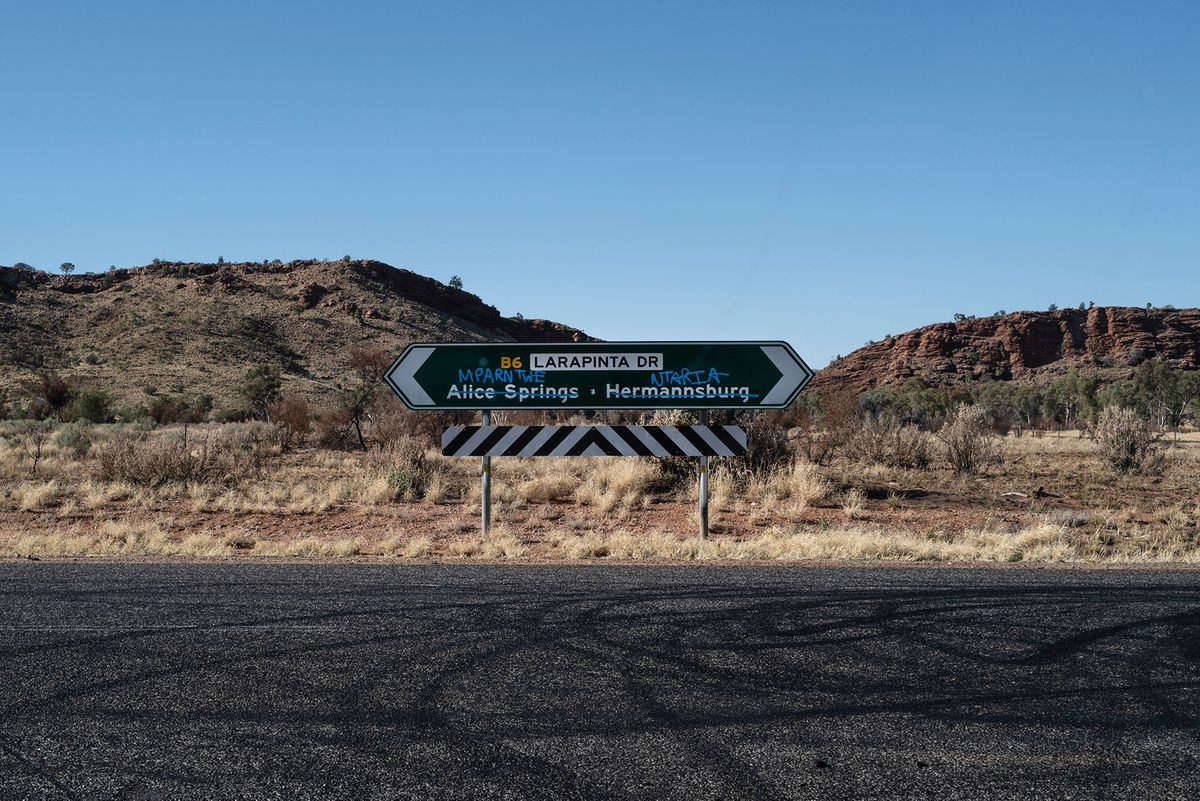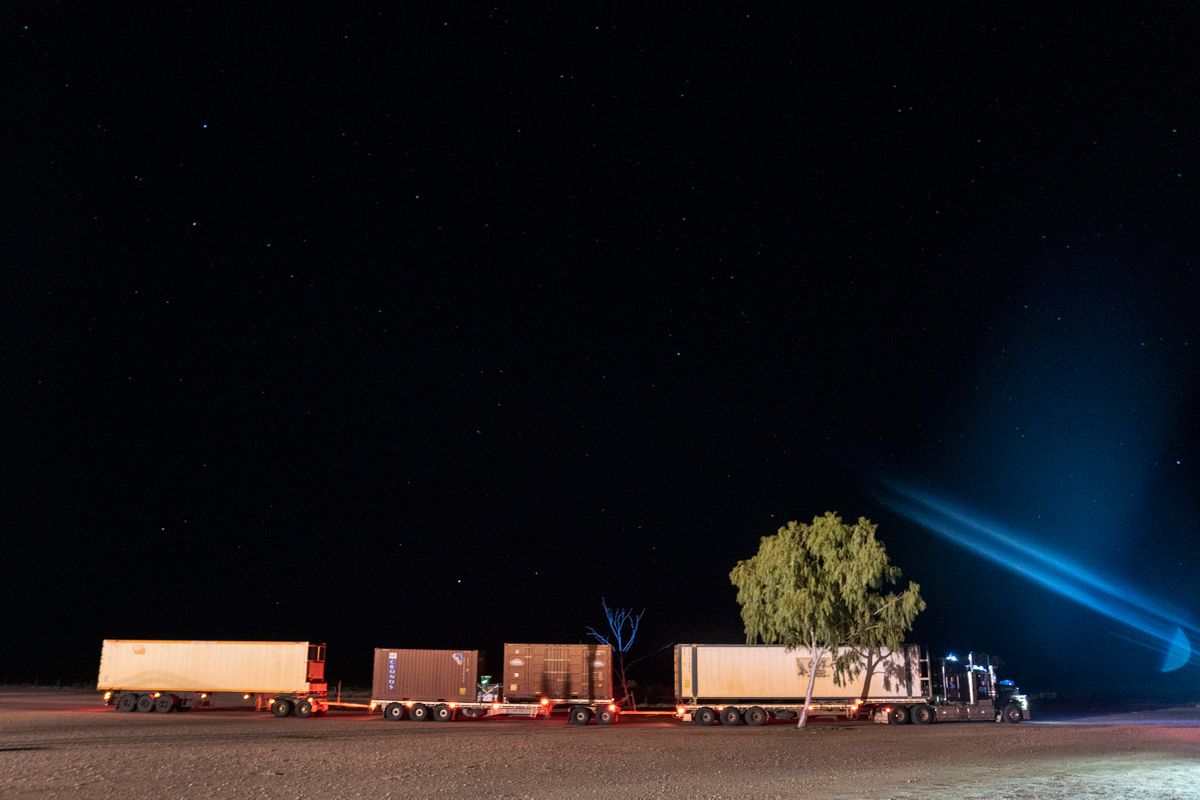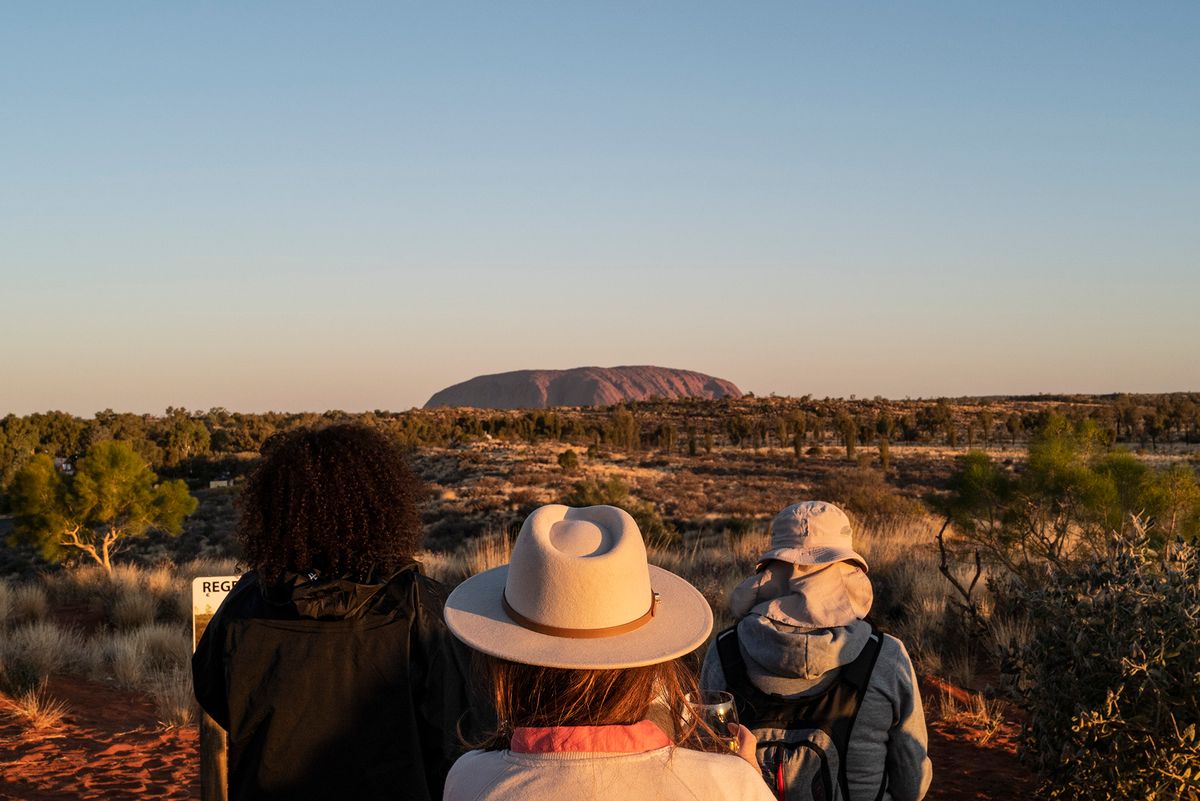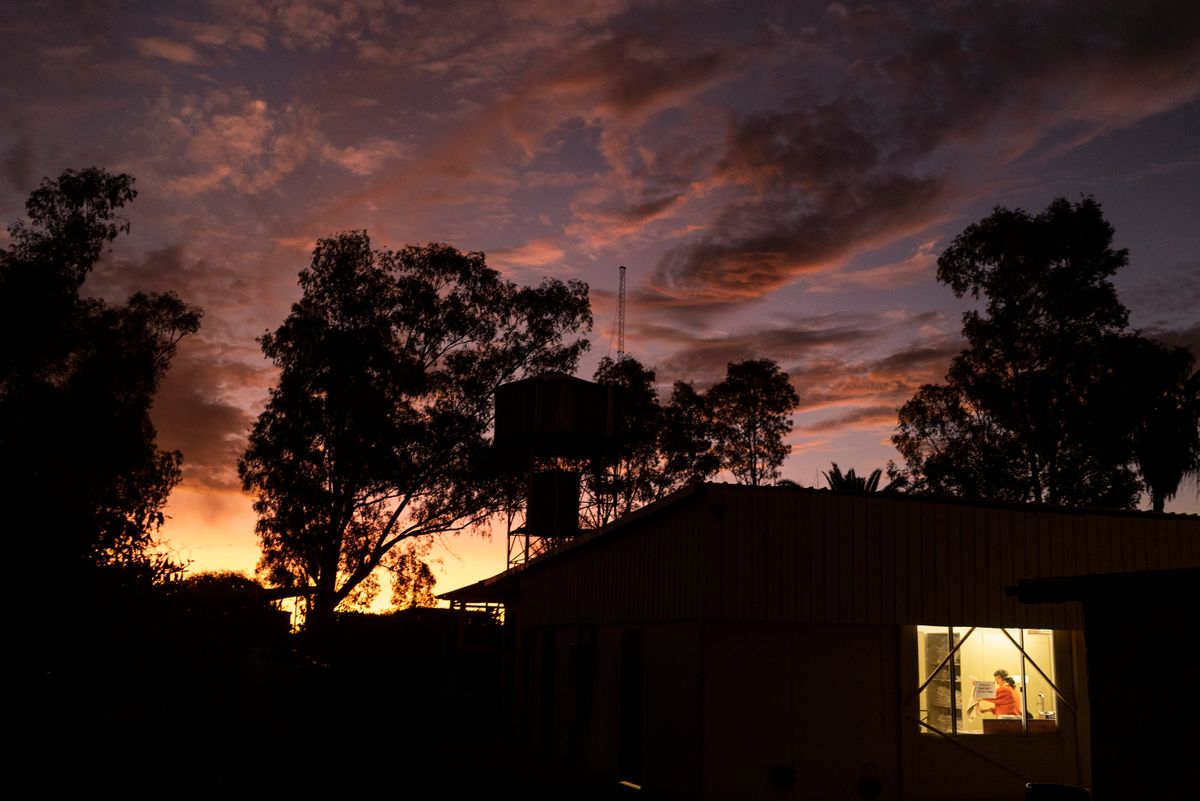Australia's Outback Way
Crossing the Heart of a Continent
What could have been better for celebrating my reporting partner’s 39th birthday than a feast of two microwaveable “pub-sized” meals at a lonely Australian roadhouse some 150 miles from nowhere?
Covered in dust, we’d arrived at the Tjukayirla Roadhouse — pronounced “Chook a-year-la” — and claimed by its owners to be the most remote stop on the continent. That seemed an accurate description. All was quiet save for a desert breeze as we started in on the birthday dinner of chicken Kiev, and bangers and mash. A dingo roamed the grounds as we ate.
So goes life on the loneliest stretch of the 1,700-mile Outback Way, the grueling route, often unpaved, that cuts across the country’s arid interior.
There are plans to seal the entirety of the road. Many local communities welcome the news, the road is dangerous and has claimed many lives. They hope that economic prosperity will accompany the decreased isolation.
